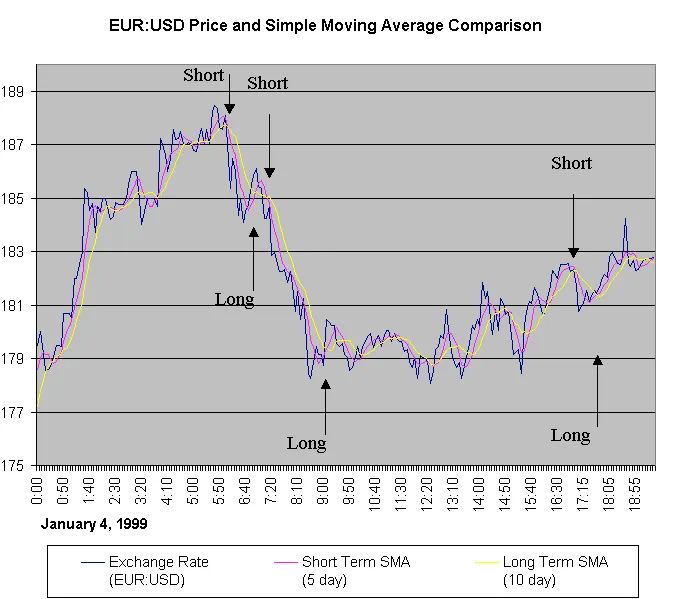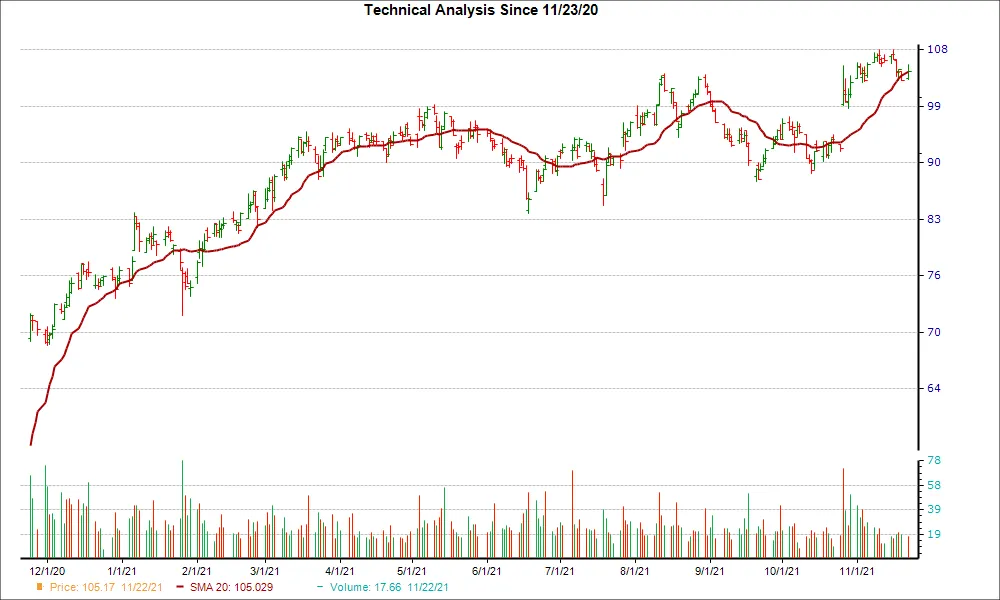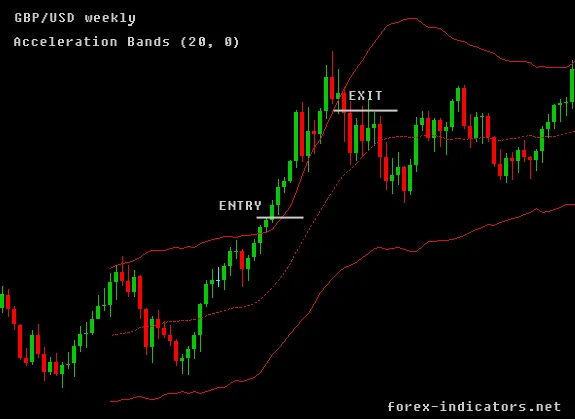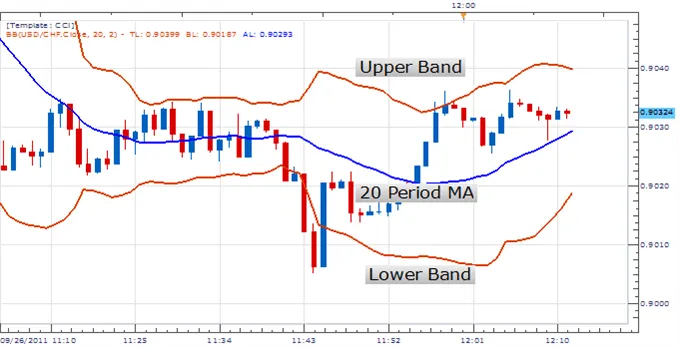FM Demodulator Study
By Samantha Baltodano
TL;DR:
The FM Demodulator study is a tool that uses signal processing to help traders analyze market data and detect potential turning points. By isolating the frequency modulation component of the market data, the indicator can help traders detect major price swings.
It uses a "hard limiter" to remove less important data and the resulting indicator is plotted on a chart. The FM Demodulator can be used to detect potential turning points and confirm price action, providing traders with valuable information to make better decisions about when to buy or sell.
You can access this indicator here.
What Is The FM Demodulator Study?
The FM Demodulator study is a tool that helps traders analyze market data to find out when the market might change direction. It uses a method called signal processing, which is like using math to look for patterns and trends in the data.
One of the techniques used by FM Demodulator is called a "hard limiter." This means that it removes some of the data that isn't as important, so traders can focus on the parts that matter the most.
For example, if you are listening to music on your phone, you can turn down the bass and the treble so you can hear the vocals more clearly.
Overall, the FM Demodulator can help traders and investors make better decisions about when to buy or sell, based on the patterns and trends it detects in the market data.
How Does the FM Demodulator Study Work?
The FM Demodulator study is calculated using the following steps:
- Hard limiter is applied to the difference between the close and open for each bar during the indicator period. The difference is multiplied by a specified factor, and the results are cut off to fit the -1 to +1 range.
- The Super Smoother filter is applied to the result.
The resulting indicator is plotted on a chart, and the peaks and valleys of the indicator plot can be used to confirm the price action in the market.
Using FM Demodulator to Detect Potential Turning Points
The FM Demodulator indicator can help traders detect potential turning points in market data by identifying peaks and valleys in the indicator plot.
When the indicator plot shows a peak, it can be an indication that the market is reaching a top, and a potential turning point may be near. Conversely, when the indicator plot shows a valley, it can be an indication that the market is reaching a bottom, and a potential turning point may be near.
Additionally, the FM Demodulator can be used to confirm price action. When the price of an asset is trending upwards, and the FM Demodulator plot also shows a corresponding uptrend, it can be a signal that the trend is strong and likely to continue. Conversely, when the price is trending downwards, and the FM Demodulator plot shows a corresponding downtrend, it can be a signal that the trend is strong and likely to continue.
Test The FM Demodulator Study
Great news!
You can back test this exact strategy on historical data for any of your favorite symbols using TradingView.
This strategy has already been built and all you have to do is log in and take it for a spin. You can access this indicator here.
If you’re new to back testing and to TradingView, don’t worry. I created a step-by-step guide you can follow to begin testing the FM Demodulator Study.
Summary
- FM Demodulator is a technical tool that uses signal processing to analyze market data and detect potential turning points.
- The technique of hard limiting is applied to remove irrelevant data, so traders can focus on the most significant parts.
- The Super Smoother filter is used to smooth out the data, and the resulting indicator is plotted on a chart.
- Peaks and valleys of the indicator plot can be used to confirm price action and identify potential turning points in the market.
- The FM Demodulator can also help confirm the strength of a trend by showing corresponding uptrends or downtrends with the price of an asset.
FM Demodulator is just one of many studies that Archaide automates. For a full list of strategies and studies available click here.
Like what you read? Check out the rest of our content!




